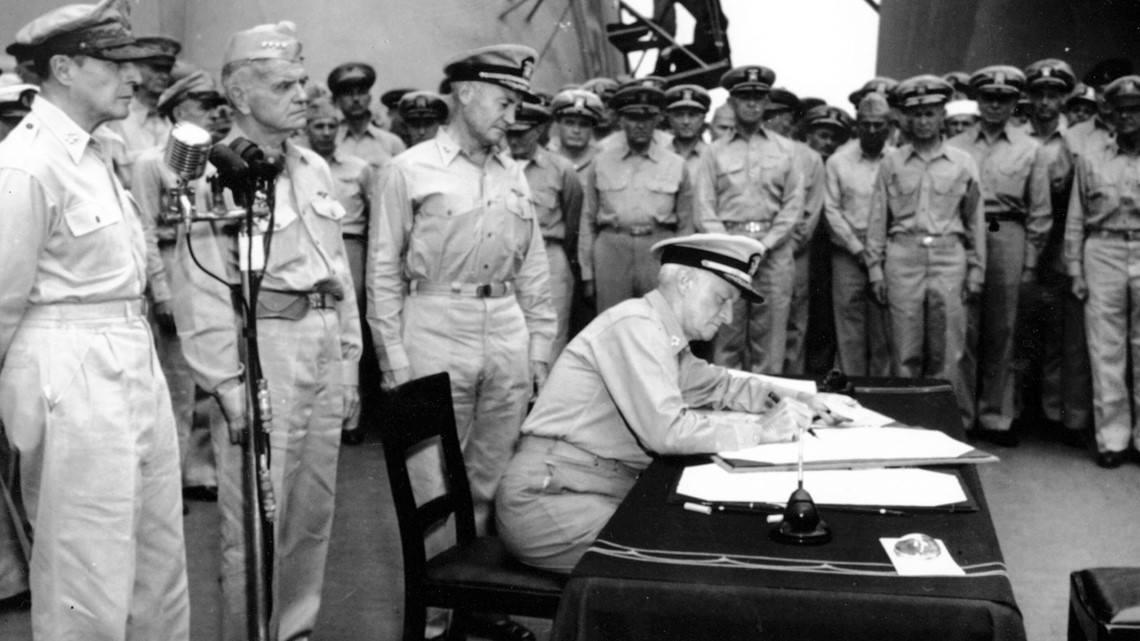Pilots at the Start of the War
At the outset of World War 2, Japanese carrier pilots were among the most skilled and experienced pilots in the world. Crews who flew in the Pearl Harbor attack had logged at least 400 hours in the air, with many logging upwards of 700 flight hours. Aircraft like the A6M Zero fighter, B5N “Kate” torpedo bomber, and D3A “Val” dive bomber were superior in range, speed, and payload to equivalent aircraft at the time. As a result, Japanese pilots did not need to crash their planes to inflict damage in early battles.

Declining Pilot Quality and Rising Attrition
As the war dragged on, losses mounted due to high operational tempo and more competent enemies. Japan’s pilot training was rigorous but could not graduate enough replacements fast enough. Aircraft production also declined as Japan shifted to new models. The Japanese navy suffered devastating losses in pivotal 1942 battles like Coral Sea, Midway, and the Solomon Islands. Moreover, aircrews left at outposts like Rabaul suffered tremendous attrition through 1943 while fighting drawn-out campaigns. Standards had to be lowered to fill gaps, diminishing pilot quality over time.
Annihilation at the Philippine Sea
By 1944’s Battle of the Philippine Sea, pilot proficiency had declined sharply. Japanese air groups faced a massive Allied fleet with around 400 fighters directed by radar at the height of their abilities. The result was utter destruction of the Japanese air contingents. Against this backdrop, kamikaze tactics emerged as a logical—if desperate—option.
Fierce but Futile Kamikaze Attacks
Beginning in late 1944, over 6,000 pilots were recruited and given minimal kamikaze pilot training before being primed with sake and sent on one-way missions. While inflicting heavy damage occasionally, accounting for the sinking of carriers and escorts, most kamikaze attacks were blown out of the sky well before reaching targets. Even successful impacts often failed to sink ships due to damage control efforts. The psychological impact of expecting imminent death granted some advantage, but most kamikazes were still no match for radar-guided anti-aircraft fire.
No Parachutes and a Culture of Sacrifice
Part of Japan’s decline stemmed from an attitude reinforced by Bushido. Parachutes were not issued, dooming any pilots whose planes sustained even light damage. Rather than try to land or bail out, many fatally crashed purposefully under the guise of honor. While devastating enemy forces, this meant irreplaceable flight experience vanished with each lost pilot. Conversely, American “ditch and rescue” doctrine preserved talent, improving their abilities as the war progressed over Japan’s.
Green Recruits Against Seasoned Veterans
By 1945, the average Japanese pilot had just three hours of flight time—less than a single sortie for many Americans. The greenest US aviator was several times more experienced than Japan’s veterans. Facing massive fleets defended by superior fighters and technology, kamikazes and conventional attacks never stood a chance no matter the sacrifice inflicted. With no hope of winning and no choice but fight to the death, Japan plunged headlong toward annihilation through suicidal defiance of technological and training deficiencies.
No Surrender and a Point of No Return
Japan’s high command saw defeat was inevitable by 1944 at the latest. However, Bushido rejected surrender and instead demanded fighting to the bitter end, no matter the cost. This led leadership to endorse kamikazes as a last resort rather than accept loss of face. Once embraced, Japan passed a point of no return. Despite setbacks, attacks escalated until war’s end rather than suing for peace. The results were predictable - near-total aviation and naval defeat, accompanied by unfathomable loss of life, all to satisfy an obsolete code of honor.

 Unique Off-the-Beaten Path Destinations Around the World Worth Visiting
Unique Off-the-Beaten Path Destinations Around the World Worth Visiting